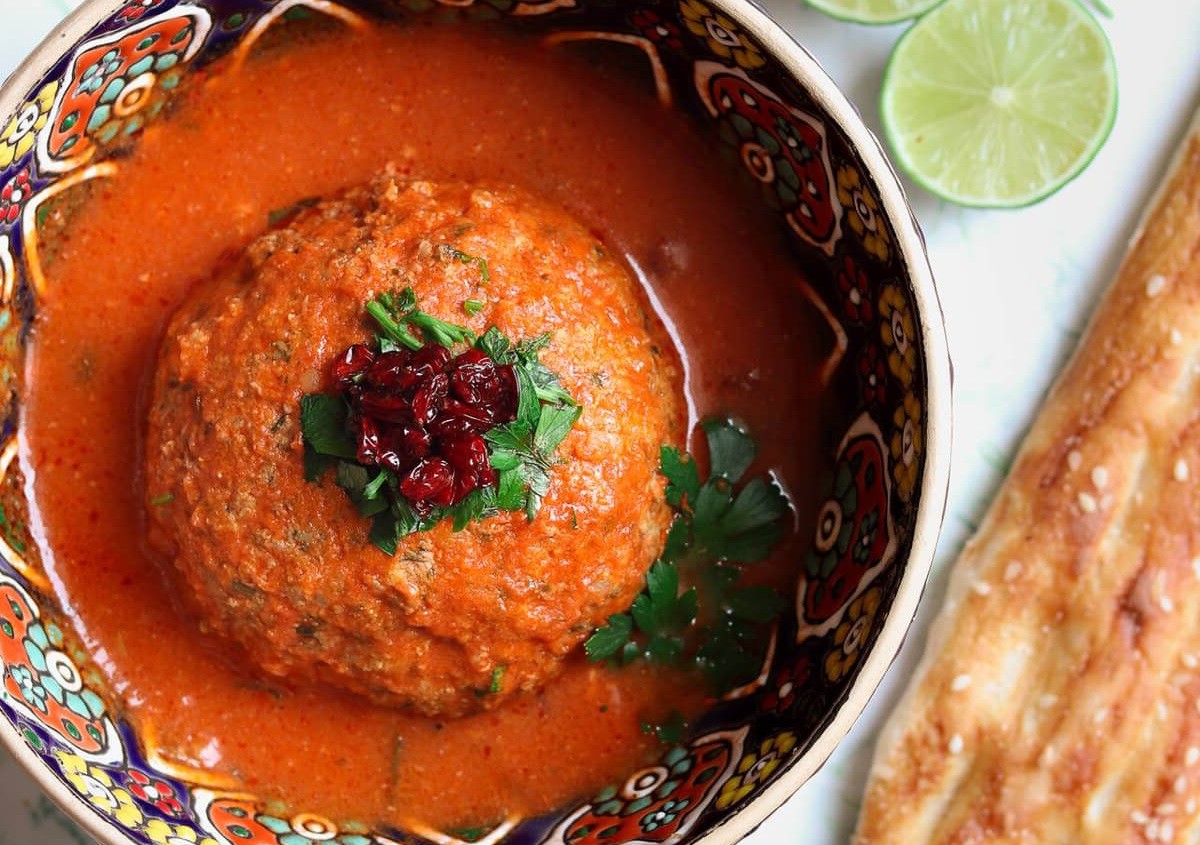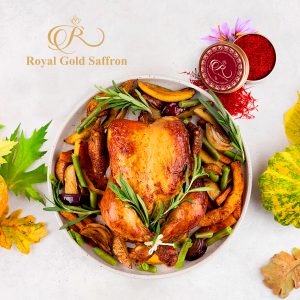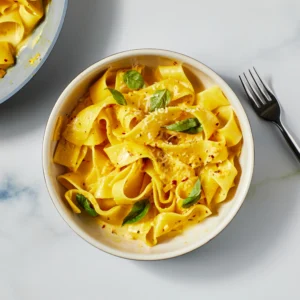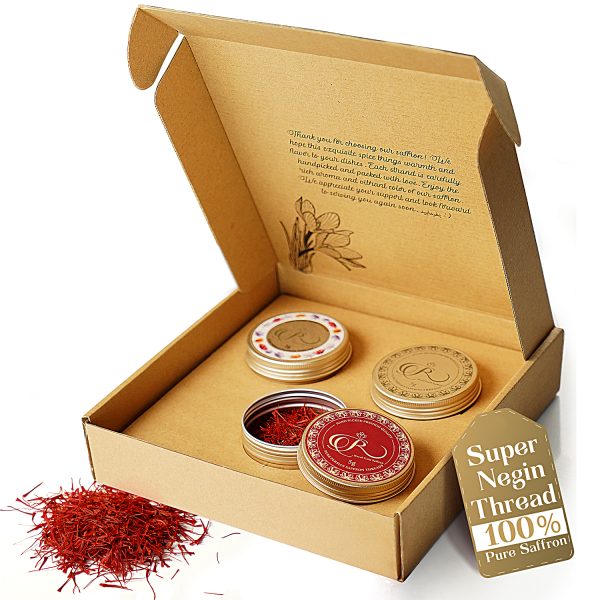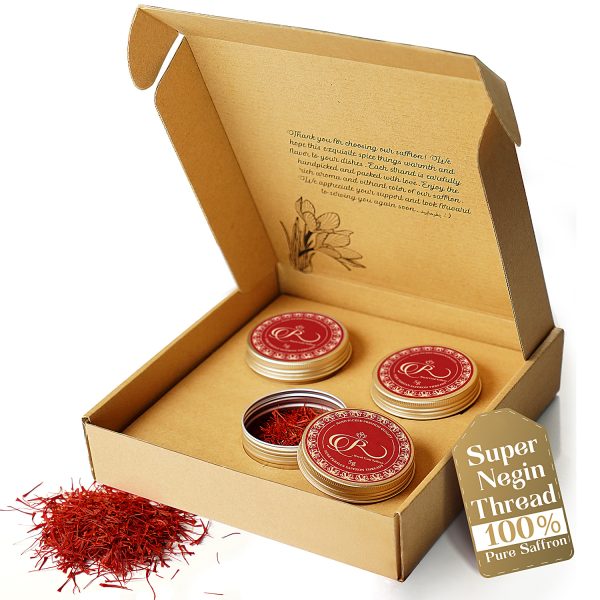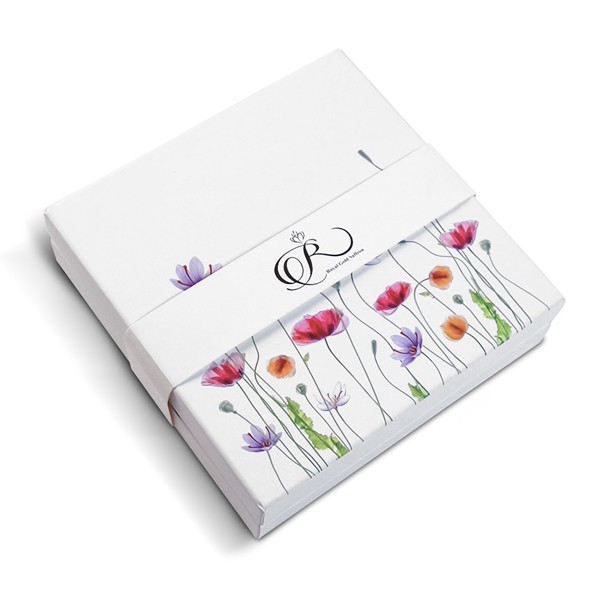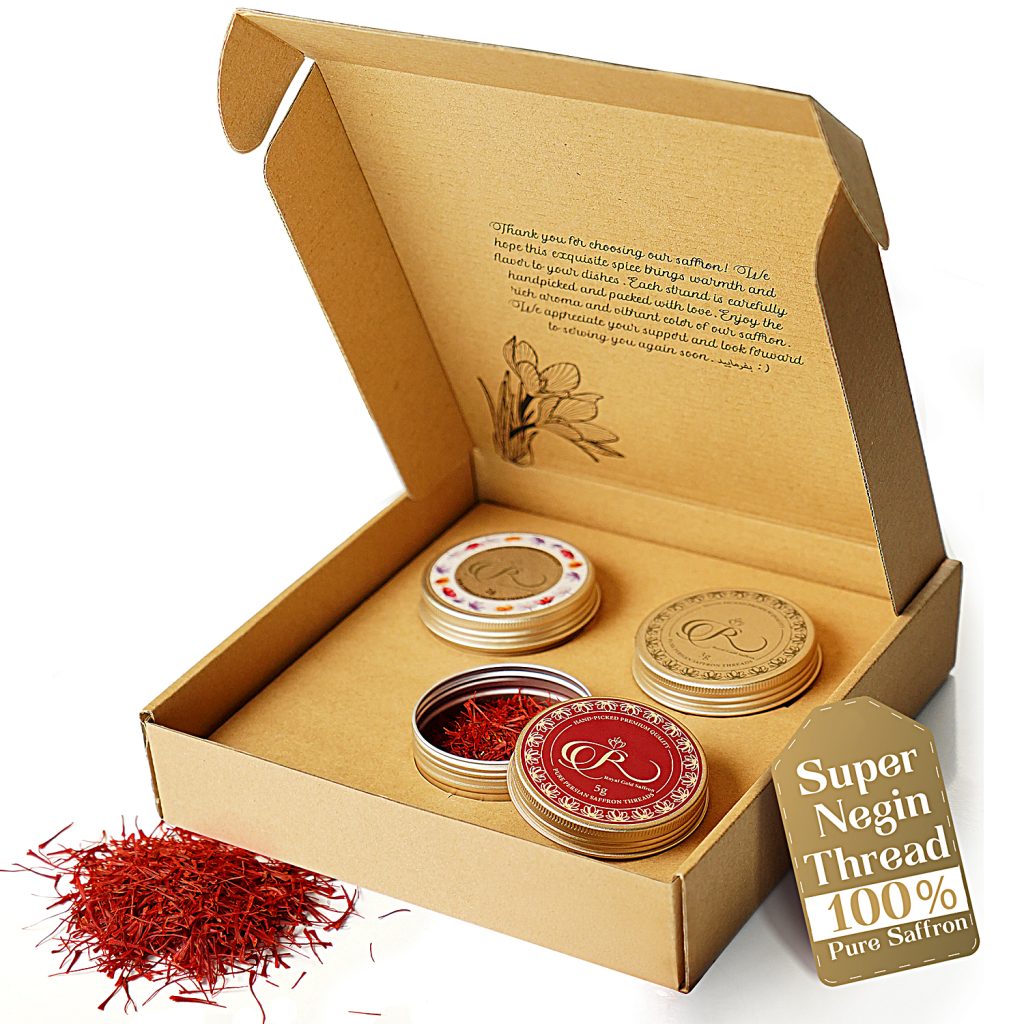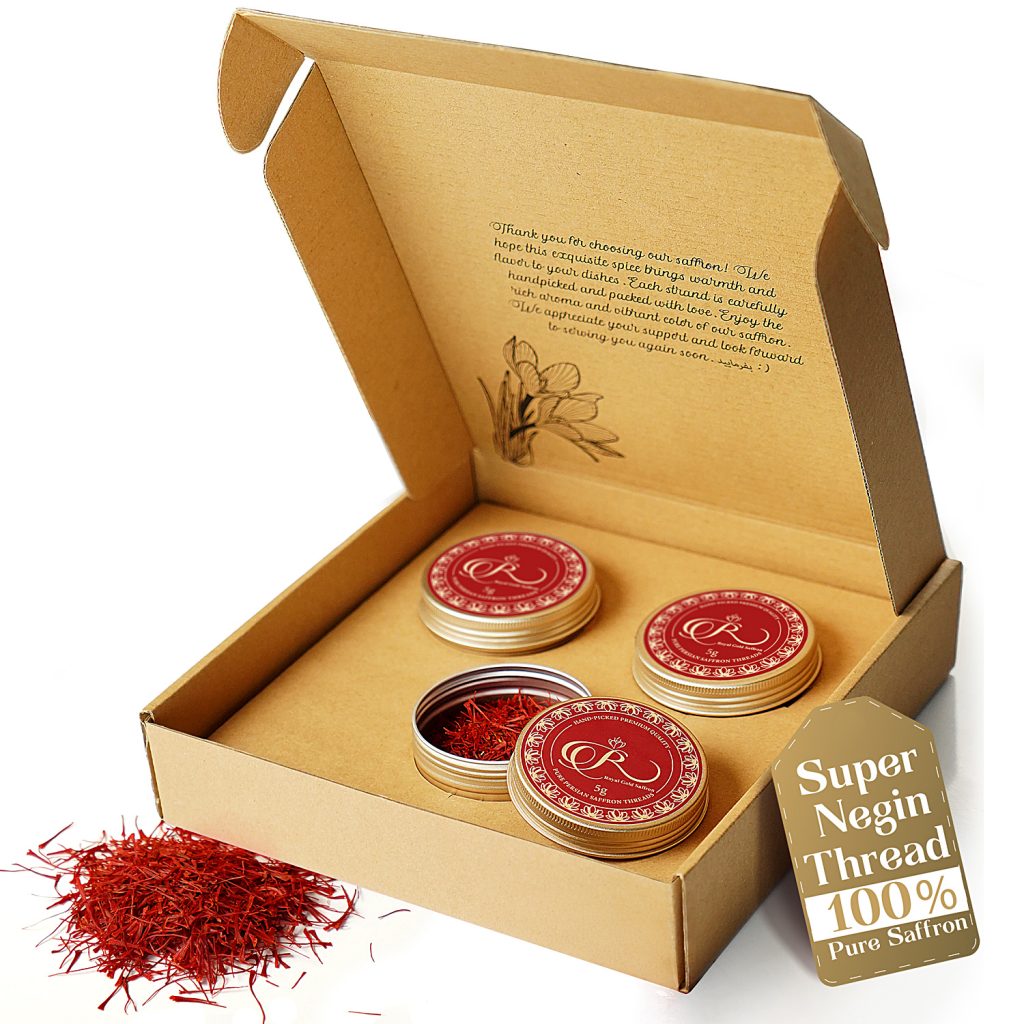Table of contents
- Introduction
- Cooking Techniques for Koofteh
- Method 1 – Classic Persian Saffron Koofteh
- Method 2 – Stuffed Saffron Koofteh with Plums and Walnuts
- Method 3 – Light Chicken Saffron Koofteh
- Method 4 – Oven-Baked Saffron Koofteh
- Method 5 – Festive Saffron Koofteh with Nuts and Barberries
- Tips for the Perfect Saffron Koofteh
- Pairings and Side Dishes
- Storing and Reheating Koofteh
- Conclusion
- 10 Unique FAQs
- More About Saffron Applications:
- Purchase link
Introduction
Persian cuisine is a world of aroma, color, and texture, and at the heart of it sits a dish that defines comfort: Koofteh. These Persian meatballs are not just food; they are tradition, history, and culture served in a single bowl. Now, add saffron, and you’ve got an upgraded version worthy of royalty. Saffron brings warmth, golden color, and a perfume-like aroma that transforms simple meatballs into something unforgettable
What is Koofteh?
Koofteh, also spelled “Kufteh,” literally means “pounded” or “ground.” In Persian kitchens, this refers to meatballs often mixed with rice, herbs, and spices. Depending on the region, you might see variations stuffed with dried fruit, nuts, or even eggs.
The history of Persian Koofteh dishes
From Tabriz to Shiraz, koofteh recipes have been handed down for centuries. In Northern Iran, koofteh are huge, sometimes the size of a grapefruit. In Shiraz, they’re smaller and softer. But all share the same soul: a hearty, home-cooked dish made to bring families together.
Why saffron changes the game
Saffron isn’t just a spice, it’s a Persian treasure. Known as “red gold,” saffron threads add more than flavor; they bring color, aroma, and a sense of celebration. A saffron koofteh isn’t just dinner; it’s an experience.
Ingredients You’ll Need
Essential spices
You can’t make koofteh without spices. Ground turmeric, black pepper, cinnamon, and sometimes cumin make the base. Add saffron, and suddenly, the dish shines.
Meat choices (beef, lamb, chicken)
Traditionally, lamb and beef are used. Lamb adds richness, beef adds structure. Chicken, however, is a lighter alternative for modern cooks.
Rice, bulgur, and herbs
Rice or bulgur gives body to the koofteh, while fresh herbs like parsley, tarragon, and mint bring freshness.
The role of saffron in flavor and color
When saffron is bloomed (steeped in warm water), it releases a golden hue that penetrates the koofteh. It doesn’t just tint the meatballs, it perfumes the entire dish.
Cooking Techniques for Koofteh
Traditional Persian slow cooking
Koofteh are usually simmered in tomato-based broth for hours. The slow cooking helps the flavors develop.
Pan-frying vs. oven-baking
Frying gives a crispy crust, baking is healthier, and simmering is traditional. Each method has its fans.
Tips to prevent meatballs from falling apart
The secret? Balance. Too much rice, and they’ll crumble. Too little binding, and they’ll fall apart. Egg and chickpea flour help hold everything together.
Method 1 – Classic Persian Saffron Koofteh
This is the go-to recipe most Persian households know.
Ingredients: ground beef and lamb, rice, fresh herbs, onion, saffron, turmeric, salt, pepper.
Step-by-step:
- Soak rice until half-cooked.
- Mix meat, rice, and herbs.
- Add bloomed saffron.
- Shape into round koofteh.
- Simmer in tomato-saffron broth.
Serving suggestion: Serve with fresh herbs, flatbread, and yogurt.
Method 2 – Stuffed Saffron Koofteh with Plums and Walnuts
This is the jewel of Persian cooking.
Fillings: dried plums, barberries, walnuts.
Cooking process:
- Shape large koofteh.
- Insert fillings carefully in the center.
- Simmer in a saffron-tomato broth.
Result: A burst of sweet, sour, and savory flavors in every bite.
Method 3 – Light Chicken Saffron Koofteh
A modern twist.
Why chicken? It’s lighter, easier to digest, and pairs beautifully with saffron.
Adjust spices: use less cinnamon, more parsley, and fresh dill.
Tip: Add grated zucchini to keep them juicy.
Method 4 – Oven-Baked Saffron Koofteh
Health-conscious? This is your recipe.
Instead of frying or simmering, place shaped koofteh on a tray, brush with saffron water, and bake at 180°C.
Texture: less oily, crisp outside, soft inside.
Method 5 – Festive Saffron Koofteh with Nuts and Barberries
Perfect for Nowruz or weddings.
Additions: pistachios, almonds, barberries.
Cooking: make smaller koofteh, glaze with saffron water, and serve as appetizers or on a festive platter.
Presentation: Garnish with edible rose petals or fresh herbs.
Tips for the Perfect Saffron Koofteh
- Grind saffron with sugar before blooming.
- Use a balance of meat to rice (70/30 ratio).
- Don’t overcrowd the pot, koofteh need space to simmer.
Pairings and Side Dishes
- Serve with Persian saffron rice.
- Cucumber-yogurt dip (Mast-o-Khiar).
- Fresh herbs and pickled vegetables.
Storing and Reheating Koofteh
Koofteh freeze beautifully. Store in airtight containers. Reheat gently in a pan with a splash of broth to prevent drying.
Conclusion
Saffron Koofteh isn’t just another meatball recipe. It’s a Persian celebration in every bite. Whether you stick to the classic, bake them, or stuff them with fruits and nuts, each version has a story. Next time you want to impress guests, or treat yourself, bring saffron koofteh to the table.
10 Unique FAQs
Can I make saffron koofteh without meat?
Yes, substitute meat with lentils, mushrooms, or soy protein for a vegetarian version.
What’s the secret to round, firm koofteh?
Use the right ratio of rice and meat, and don’t skip the egg or binding flour.
Can I replace saffron with turmeric?
Turmeric adds color but lacks saffron’s aroma. It’s a budget-friendly alternative.
How long does saffron koofteh last in the fridge?
Up to 3 days when stored properly in an airtight container.
What is the best saffron for cooking?
Persian saffron, especially “Super Negin” grade, has the richest aroma and color.
Can I cook koofteh in a pressure cooker?
Yes, it reduces cooking time, but be gentle to prevent them from breaking.
What kind of rice works best?
Short-grain rice works best as a binder.
How do I stop koofteh from breaking in the pot?
Chill them before cooking, and avoid stirring too much.
Can saffron koofteh be served cold?
Traditionally, no. They’re best served warm.
What drinks pair well with saffron koofteh?
Doogh (Persian yogurt drink) or mint tea make perfect companions.
More About Saffron Applications:
- Saffron (Crocus sativus L.): A Source of Nutrients for Health
- Saffron (Crocus sativus) for depression
- How Saffron Could Benefit Your Health
- Effect of saffron supplementation on oxidative stress markers
- Crocin

